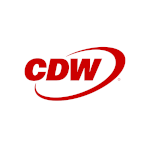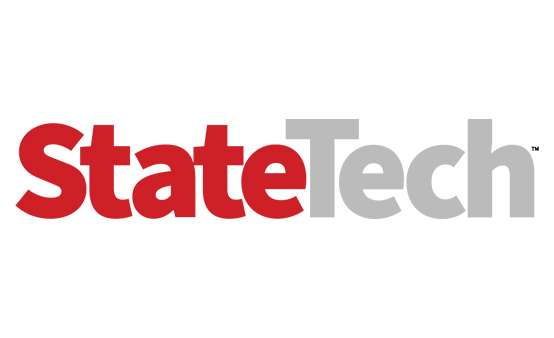“For government to be able to adopt these new technologies, we must validate that these technologies are secure, and not just once but ongoing throughout the contract duration,” she says. StateRAMP established a baseline of security standards to allow a common method for verifying products as secure across multiple governments.
“They’re reporting continuously, but they do that to one place: our centralized program management office. Then, they’re able to use that reporting and that validation by sharing it out with their government customers. The idea is that providers are able to verify once to serve many,” McGrath says.
As a nonprofit, StateRAMP is a membership organization that includes various public sector jurisdictions and private sector companies, representing an ecosystem around cloud services. And like Arapahoe County, not all public sector members are states.
Why Did StateRAMP Rebrand to GovRAMP?
When StateRAMP was founded in 2021, current and former state officials were the brains behind the initiative. However, the organization immediately saw the appeal of StateRAMP authorization to local governments and education institutions, McGrath says. StateRAMP began admitting government jurisdictions outside of state governments.
“StateRAMP was a misnomer because many of these local government leaders, for example, would call us and say, ‘We would really like to participate, but we’re not sure if StateRAMP is for us,’ because of the word state in our name,” McGrath says. “After talking with our steering committee last fall and working with our board, we decided it was time to make the change from StateRAMP to GovRAMP to better reflect our mission and those that we serve.”
StateRAMP’s rebranding to GovRAMP is also motivated by an embrace of whole-of-state cybersecurity. In a whole-of-state cybersecurity model, many state governments establish shared services, which they provide to local governments and other agencies. To support whole-of-state cybersecurity initiatives, GovRAMP leaders seek to emphasize that the organization’s certification is not just for state governments, McGrath says.








_0.gif)




